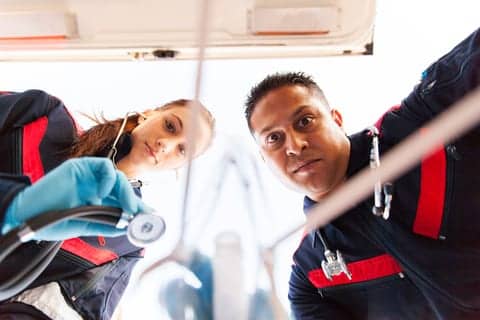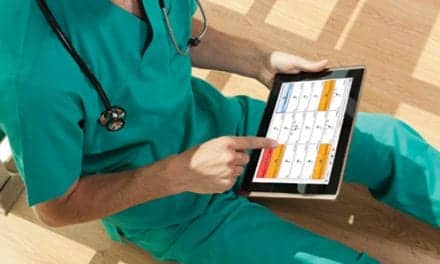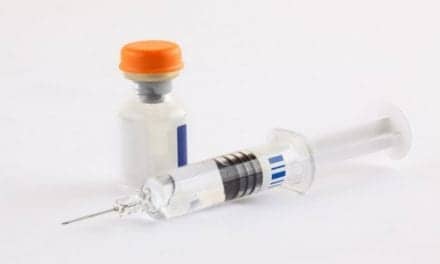A poll conducted by EMS1.com found that capnography use has continued to grow as paramedics and emergency responders are recognizing its benefits for patients.
A survey1 conducted by EMS1.com assessed the utilization and industry knowledge of capnography among EMS clinicians, including paramedics, EMTs, advanced EMTs, and medical first responders. According to the survey, most respondents found capnography useful, were able to understand its waveforms, and were receiving regular training on the technology. “This likely reflects a group of respondents that is familiar with capnography, find it easy to use and apply it often,” the EMS1.com article explained.
Chief among the results was that the overwhelming majority of respondents believe capnography to be an important, everyday tool for monitoring patients with a respiratory complaint or patients in cardiac arrest.1 In fact, a combined total of 94% reported they either “strongly agree” (76%) or “agree” (18%) with that statement, while only 1% “disagreed.”1
Respondents reported that they used capnography most frequently for: cardiac arrest (91%), respiratory failure (94%), sepsis (67%), and traumatic injuries (54%). The EMS1 article noted that, compared to its 2015 survey results, the number of respondents reporting use of capnography for cardiac arrest (-6%) and respiratory failure actually dropped by a few percentage points, while use of the technology for sepsis (+16%) and trauma (+10%) patients both markedly increased.1
In addition, the survey found that EMS respondents are committing significant hours to capnography related training, be it.1 In the prior 12 months, nearly three-in-four respondents (72%) had completed at least 2-5 hours of self-study, classroom, simulation, online articles, or video training related to capnography.1 Of that 72%, 18% had completed 6-10 hours and 7% had completed more than 10 hours, according to the EMS1.com article.1
Other key findings included:
- 93% of respondents “agree” or “strongly agree” that capnography equipment is easy to use; compared to only 1% who “disagree” (0% “strongly disagreed”);
- 63% of respondents “strongly agreed” that capnography is the most effective method for confirmation of airway placement, compared to 5% who did not agree;
- 88% of respondents “agree” or “strongly agree” that capnography was useful in providing patient monitoring information for a spontaneously breathing patient, compared to 3% who did not agree; and
- 87% “agreed” or “strongly agreed” that capnography waveform is easy to interpret. RT
Reference:
- http://www.ems1.com/capnography/articles/121069048-EMS1-Poll-Results-How-do-you-use-capnography/










